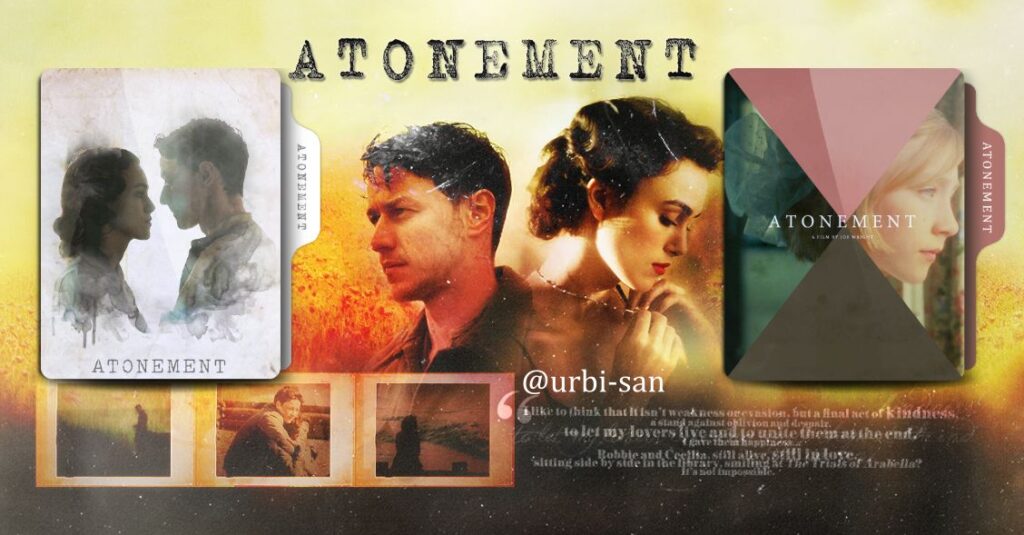
There’s just something about a really good movie death that sticks with you, isn’t there? It’s truly one of the hardest things to watch, even when we know deep down that these characters aren’t actually real. We spend hours, sometimes even years, following their journeys, investing in their hopes, dreams, and relationships, only for them to be ripped away from us in the most devastating ways imaginable. It’s no wonder that these cinematic losses can leave us feeling seriously heartbroken and wondering why screenwriters could be so, well, cruel.
From a psychological perspective, our brains are wired to empathize with stories and characters, making their fictional suffering feel surprisingly real. After watching a character grow and evolve over the course of a film, it’s absolutely gut-wrenching when they die unexpectedly, often crushing all hope of that happy ending we were so desperately rooting for. These moments aren’t just fleeting sadness; they embed themselves in our memories, sparking discussions and even debates for years to come.
But let’s be honest, every now and then, it’s actually kind of nice to have a good cry, to really feel those emotions washing over us. So, if you’re ready to dive headfirst into some of the most traumatic, tear-jerking movie deaths of all time, you’ve come to the right place. Grab the biggest box of tissues you can find, maybe a comfort blanket, and let’s take a look at the most traumatic movie deaths that still stick with us today, leaving an indelible mark on our hearts.
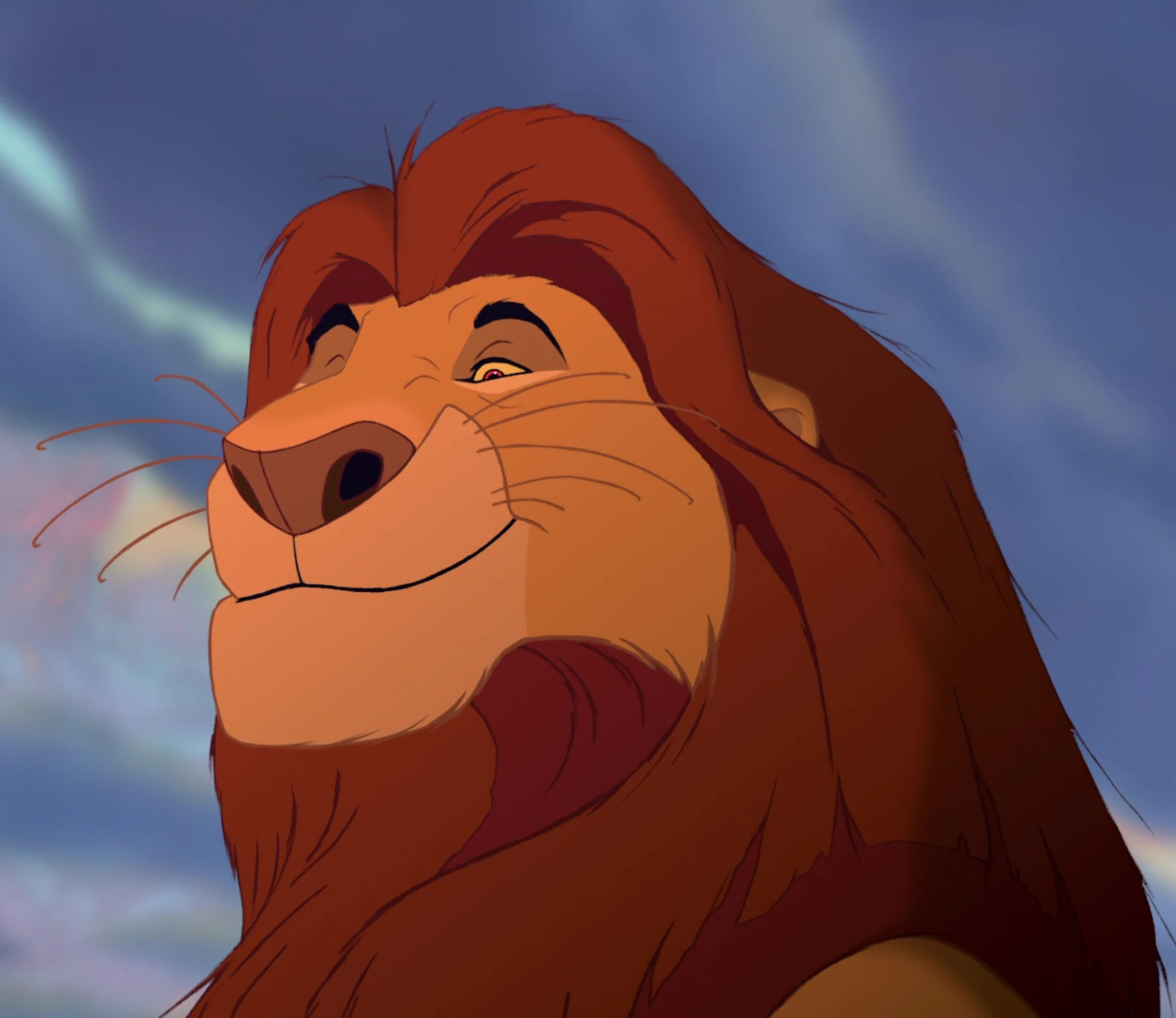
1. **Mufasa Falls to His Death in ‘The Lion King’**One of the earliest and arguably most enduringly traumatic death scenes for an entire generation came in Disney’s “The Lion King.” We all had to sit there, helpless, as the young Simba watched on as his beloved father, Mufasa, fell into the merciless path of a stampede orchestrated by the villainous Scar. The sheer terror and betrayal of the moment are seared into our collective memory.
We’ll probably never, ever forget the horrible, gut-wrenching sound of Simba’s grief-stricken cries for his father after the stampede had finally passed by. It’s a moment that can instantly give you a lump in your throat and bring a tear to your eye, no matter how many times you’ve seen it. This devastating scene, as Vulture noted, has truly lived on in our memories since “The Lion King” was first released way back in 1994, forever altering how many children viewed animated films.
What’s even more fascinating (and perhaps even more heartbreaking) is that this iconic death scene wasn’t always meant to be quite so horrifically detailed in its initial conception. It was Rob Minkoff, one of the film’s co-directors, who made the deliberate decision to depict the scene with such minute, agonizing details. He felt it was crucial for the narrative’s emotional weight.
“We needed to do the opposite of ‘Bambi,’” Minkoff explained, aiming for a different kind of impact. He continued, “We were trying to test the boundaries of what was possible in an animated movie, a family movie, a Disney movie.” So, he and his dedicated team decided to reshape the death scene to truly show the sheer, brutal reality of death, an unvarnished truth for a young audience. No wonder we’ve never forgotten it; it was designed to leave a mark.
Read more about: 14 Cinematic Villains Whose Stories Will Break Your Heart When You See Their Side of the Screen

2. **Beth March Dies from an Illness in ‘Little Women’**Fans of the classic TV show “Friends” will undoubtedly remember Joey’s utterly devastated reaction when he discovered that the charming and gentle March sister, Beth, dies in “Little Women.” That moment perfectly encapsulated the universal shock and sadness felt by countless readers and viewers over the years upon reaching this sorrowful plot point.
Chances are, if you’ve watched either the 1994 or the 2019 film versions of the story, you probably screamed out, “Beth dies!?” just like Joey, when you got to that horrible, inevitable death scene. The dialogue in the 1994 version, particularly Beth’s poignant words to her sister Jo, adds an extra layer of tragedy: “Why does everyone want to go away? I love being home, but I don’t like being left behind. Now I am the one going ahead.” Her quiet acceptance makes it even harder to bear.
What makes Beth’s death even sadder, hitting you right in the feels, is the true, poignant story that actually inspired this heart-wrenching scene. As a writer explained in The Paris Review, the beloved book of “Little Women” was originally based on the real-life experiences of its author, Louisa May Alcott, giving it a profound sense of authenticity and personal grief.
“[Beth] is based on Alcott’s second-youngest sister, Lizzie,” the article reveals, drawing a direct link between fiction and reality. Apparently, Lizzie also bravely battled scarlet fever, and, tragically, she also got better before she got worse, just like the fictional Beth. However, unlike Beth’s almost angelic stoicism and gentle resignation, Lizzie “lashed out at her family and her fate with an anger that she had never before expressed.” Both versions of this story, real and imagined, are utterly heartbreaking in their own unique ways.
Read more about: This Is How You Live Your Best Life for a Century (Or More!): 14 Celebs Who Rocked Their 90s & 100s Like Absolute Legends!

3. **Bambi’s Mother is Shot by a Hunter in ‘Bambi’**Think about your most traumatizing childhood movie moments, and the sudden, brutal death of Bambi’s mother is sure to immediately spring to mind. This scene has a way of leaving both adults and children alike in floods of tears, as watching an innocent, loving young mother die, seemingly out of nowhere, is most certainly not an easy experience to process. In fact, it’s downright shocking for a film ostensibly made for children.
As Disney producer Don Hahn told Glamour, this particular death scene was actually an incredibly important plot point, designed to rapidly move Bambi’s story along and force his character development. He reasoned that because Disney movies are often quite short, they needed an efficient way to make significant things happen quickly within the narrative. “In shorthand, it’s much quicker to have characters grow up when you bump off their parents,” he explained, a cold but true narrative necessity.
However, there’s also another, even more poignant and personal reason speculated behind Disney’s recurring theme of parental death in its early animated features: Walt Disney’s own mother tragically died in a horrific accident. This deeply personal trauma may have subtly, or not so subtly, influenced the narrative choices made in his studio’s films. Wow, learning that detail makes this death scene just got way, way sadder, doesn’t it?
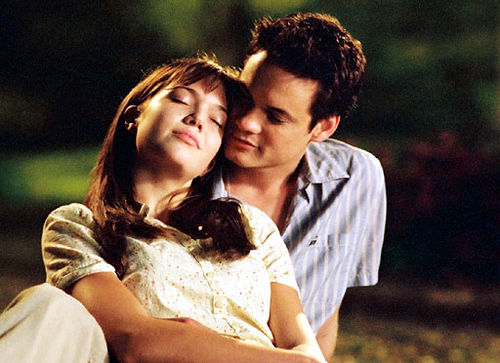
4. **Jamie Sullivan Dies Just After Finding Love in ‘A Walk to Remember’**Oh, Nicholas Sparks movies! We all secretly love a good Nicholas Sparks romance, even though deep down we know most of these touching stories are destined to end in absolute tragedy and a whole lot of tears. “A Walk to Remember” is one such movie, a devastating and emotionally charged story that perfectly encapsulates the Sparks formula of love and loss.
This heartbreaking tale follows Jamie and Landon, two seemingly mismatched teens who, against all odds and expectations, fall deeply in love despite their strikingly different personalities and social circles. The only catch, the cruel twist of fate, is that Jamie is terminally ill with leukemia. It’s a race against time, but Landon, devoted to her, helps Jamie finish completing her heartfelt wish list as her illness relentlessly gets worse.
In a moment that both fulfills and shatters your heart, the couple marries, ticking off the very last item on her precious list, a beautiful and bittersweet culmination of their love. Shortly after, Jamie succumbs to her illness and dies. Watching a vibrant young girl die just as she finally finds true, unconditional love is nothing short of utterly devastating, leaving an ache in your chest.
It turns out, this incredibly emotional story is actually based on the author’s real life, adding an even deeper layer of poignancy. “’A Walk to Remember’ was inspired by my sister,” Sparks wrote on his website, revealing the personal connection. He shared that pretty much everything that happened to Jamie in the movie also happened to his sister; she even married her childhood sweetheart. “It was just about the sweetest thing that’s ever been done for anyone, and I suppose I wrote this novel not only so that you could get to know my sister, but so that you would know what a wonderful thing it was that her husband once did for her,” he penned, explaining his motivation for immortalizing such a profound act of love.
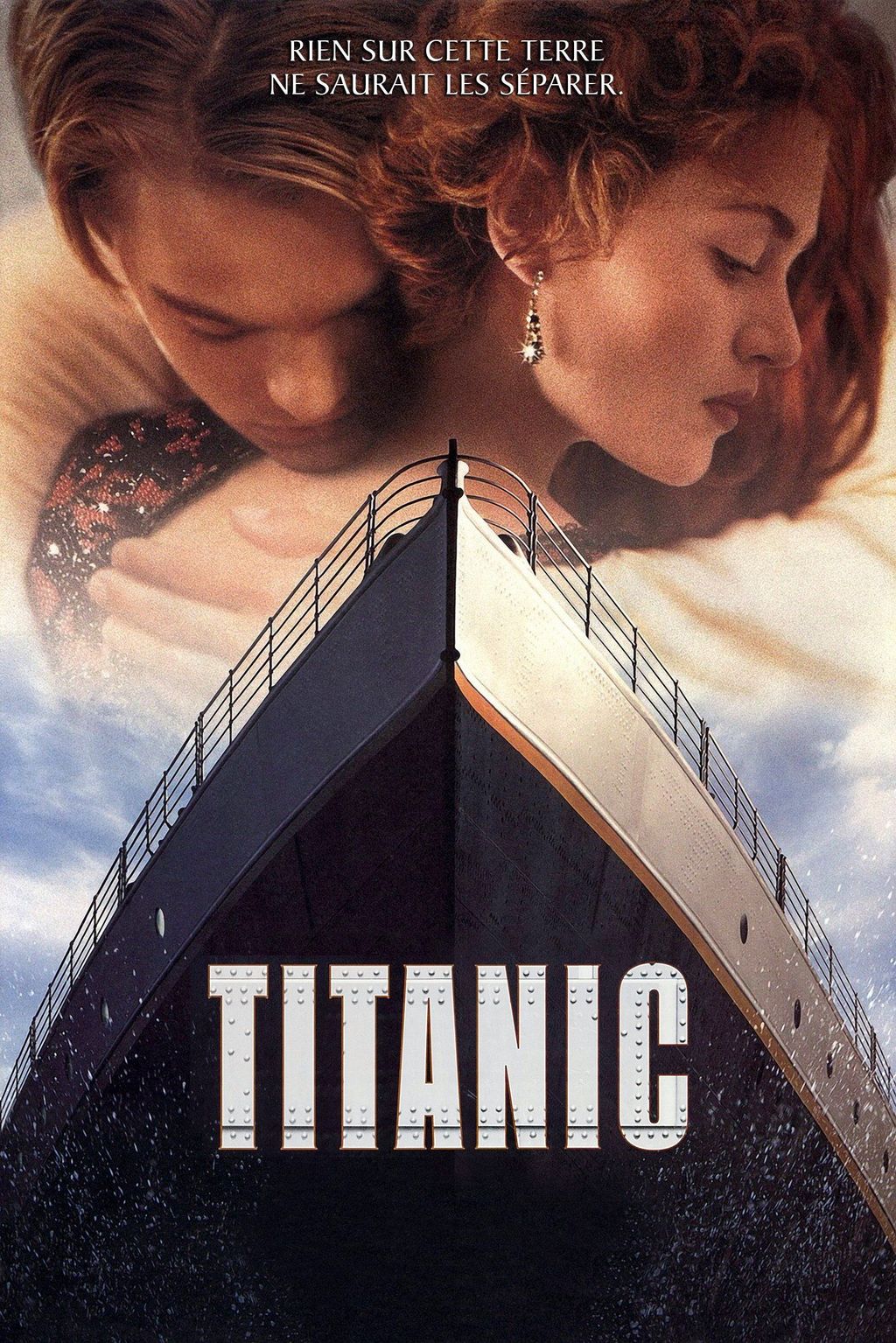
5. **Jack Freezes to Death in ‘Titanic’**Few movie deaths, if any, have had quite the same indelible impact on viewers and pop culture as Jack’s utterly heartbreaking demise in James Cameron’s epic “Titanic.” This famous film, set against the backdrop of the famously doomed transatlantic ship, meticulously followed the whirlwind romance of Rose and Jack, two star-crossed lovers who found each other on that fateful crossing, only to be torn apart by unimaginable tragedy.
When the majestic ship struck the gargantuan iceberg, sealing its fate, viewers all knew, with a sinking feeling, what was inevitably coming. But even with that foreknowledge, the pain was immense. Instead of taking her rightful place in a lifeboat, Rose, in a testament to her profound love, bravely stayed by Jack’s side, choosing to face the uncertain future with him. Eventually, the pair ended up in the frigid, deadly water, with Rose desperately clinging to a plank of wood that (apparently) just didn’t have enough room for Jack.
When a lifeboat finally, agonizingly, comes to their aid, Rose makes the devastating realization that Jack has tragically frozen to death, sacrificing himself for her. It’s a scene made even more iconic by the melancholic strains of Celine Dion’s “My Heart Will Go On” beginning to play, cementing the moment in cinematic history. The sheer injustice of it all fuels decades of fan debate.
As the film’s director James Cameron candidly admitted in a Vanity Fair interview, some fans still, even 20 years later, questioned why Jack couldn’t have simply fit on Rose’s plank, a question that has become a legend in itself. “The answer is very simple,” he revealed with a touch of exasperation. “Because it says on page 147 [of the script] that Jack dies.” He went on to add, “I think it’s all kind of silly, really, that we’re having this discussion 20 years later. But it does show that the film was effective in making Jack so endearing to the audience that it hurts them to see him die.” And hurt it did, profoundly.

6. **Ellie Dies After an Emotional Montage in ‘Up’**If you are genuinely looking for a death scene that will not just make you shed a few tears, but will leave you absolutely sobbing uncontrollably, then honestly, look no further than the opening montage that culminates in Ellie’s death in Pixar’s masterpiece, “Up.” What’s truly remarkable, and in a way, what makes this death so uniquely heartbreaking? Well, at face value — nothing. And that, paradoxically, is precisely what makes it so incredibly poignant and devastatingly realistic.
At the very beginning of “Up,” before any of the main adventure even begins, we are treated to a truly delightful and simultaneously devastating montage. It gracefully shows a young couple, Karl and Ellie, meeting as innocent children and instantly bonding over their shared, infectious love of adventure and exploration. As they grow up, their connection deepens, they fall tenderly in love, build a home together, and eventually grow old, their lives intertwining beautifully.
It is a charming, heartwarming, and astonishingly truthful portrayal of a full, rich, and utterly ordinary married life, filled with unspoken joys, everyday struggles, and enduring companionship. The montage is a masterclass in storytelling, compressing a lifetime into mere minutes. However, at the very end of this beautiful, bittersweet montage, the narrative cruelly shifts, and we see Karl return home alone, a solitary figure. Ellie, his beloved partner, has died.
It’s pretty much impossible to watch this scene without immediately tearing up, your heart aching for Karl’s profound loss and for the simple, beautiful life that has ended. As one viewer vividly wrote in The Guardian, recounting her first time watching the movie on an airplane, she was completely unprepared for the emotional onslaught. “Little did I realize that within 10 minutes of putting my headphones on and pressing play, I would be reaching for my travel tissues and stifling sobs as passengers either side of me stared awkwardly into their complimentary peanuts and pretended not to notice.” Sounds about right; it’s a universally powerful tear-jerker that catches everyone off guard.
7. **Robbie and Cecilia Die During the War in ‘Atonement’**Death scenes in films are always especially sad, but they hit an entirely different level of tragedy when we can vividly imagine the wonderful life that *wasn’t* lived by the ill-fated characters, the future snatched away too soon. In the beautifully tragic film “Atonement,” the death scenes are even worse, because we don’t just have to imagine that alternate reality — it’s tantalizingly, heartbreakingly played out right there on the screen for us to witness, only to be cruelly revoked.
“Atonement” intricately tells the story of Cecilia and Robbie, whose passionate love is tragically thwarted by a terrible misunderstanding. Just as they are on the cusp of truly consummating their intense love, Cecilia’s younger sister, Briony, a child prone to vivid imagination and grave misjudgment, comes into the room and makes a false accusation. In a fit of childish jealousy and misinterpretation, she unjustly accuses Robbie of assaulting another woman, a lie that sets off a catastrophic chain of events.
Because of Briony’s devastating accusation, which leads to Robbie’s imprisonment, and the ensuing chaos of the Second World War, the pair are mercilessly kept apart and never truly get to be together in their lifetime. However, Briony, who grows up to become a renowned writer, attempts to atone for her past by making up a beautiful, longed-for story in which they *can* be together, giving them the happy ending they deserved, at least in her fiction.
Right after the audience is lulled into a sense of peace, seeing the couple living together, seemingly happy and finally united, Briony reveals the soul-crushing truth: their happy ending was entirely imagined, a figment of her guilt-ridden imagination, and both Robbie and Cecilia tragically died during the war, never achieving their peaceful future. Talk about a twist ending that stabs us right in the heart, leaving us utterly gutted. As Vulture notes, this shocking and devastating ending famously frustrated and devastated both readers of the book and viewers of the film. As the book’s author eloquently said, “Over the years I’ve encountered many people who will be absolutely infuriated [by the ending], but I can’t help feeling very flattered by that.” It’s a testament to the power of a story that can evoke such strong, enduring emotions.
Read more about: Get Ready to Swoon: 21 Classic Romantic Movie Quotes
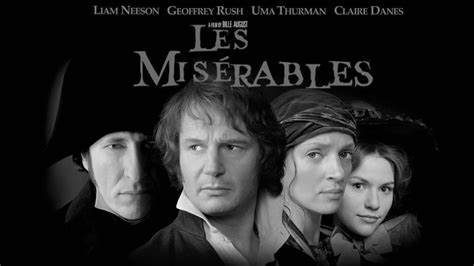
8. **Fantine Dies After Sliding Into Poverty in ‘Les Miserables’**If you’re looking for a character whose story is a pure, unadulterated gut-punch from start to finish, then Fantine’s journey in “Les Miserables” is exactly that. Her death isn’t just sad; it’s a culmination of relentless misfortune and social injustice that would make anyone weep. As a single mother navigating the harsh realities of 18th-century France, she’s thrust into a desperate fight for survival, a battle that ultimately costs her everything.
Fired from her job and forced into devastating circumstances to provide for her daughter, Cosette, Fantine’s descent into poverty is agonizing to witness. The film unflinchingly shows her selling her most precious possessions, even her beautiful hair, and eventually resorting to work, all for the sake of her child. Her sacrifices are immense, showcasing a mother’s fierce, desperate love against a backdrop of societal cruelty.
Eventually, the broken, impoverished Fantine succumbs to her hardships and dies in a hospital, a truly tragic end to a life marked by suffering. Her passing leaves Jean Valjean, the ex-convict turned mayor, consumed by guilt for not intervening sooner to help her. In the musical film version, her death is made even more poignant by the haunting melody of “Come To Me,” as she imagines her beloved daughter by her side in her final, fleeting moments.
The emotional toll of portraying such a character is immense, something Anne Hathaway, who played Fantine in the film, understood deeply. She even offered advice to Lily Collins when Collins took on the role in a BBC adaptation. As Collins recounted to the press, Hathaway wisely cautioned her, saying, “Don’t lose yourself. Because it can get really tough.” It’s no surprise that bringing Fantine’s harrowing, heartbreaking story to life proved to be an incredibly difficult, yet profoundly impactful, experience for both actresses and, of course, for us viewers who watch her tragic downfall.
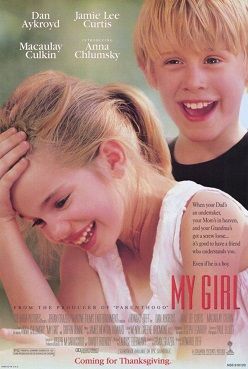
9. **Thomas Dies of Bee Stings in ‘My Girl’**There are few things in cinema as truly shocking and profoundly devastating as the death of a child character, and “My Girl” doesn’t just go there — it slams you with it. This 1991 film, seemingly a sweet coming-of-age tale, follows the quirky, imaginative 11-year-old Vada, played brilliantly by Anna Chlumsky, and her inseparable best friend, Thomas, portrayed by the unforgettable Macaulay Culkin. Their innocent friendship is the heart of the movie, making the tragedy that unfolds even more unbearable.
As film critic Roger Ebert thoughtfully noted in his review, “My Girl” is fundamentally “about young people learning the realities of life.” And for Vada, that harsh reality comes crashing down in the most brutal way possible when Thomas tragically dies. His death isn’t from some dramatic illness or accident, but from a severe allergic reaction to bee stings, a sudden and unexpected twist that leaves audiences completely reeling. The arbitrary cruelty of it all is what truly stings.
The absolute saddest part of this entire scene is undoubtedly watching Vada’s raw, inconsolable reaction to the news. Her grief is palpable, a desperate, confused sorrow that echoes the pain of anyone who has experienced such an unfair loss. Ebert perfectly captured the film’s handling of this moment, writing, “The movie pays full respect to her loss; there isn’t a hasty and emotional ending, but a conclusion that shows how Vada makes her accommodation with loss.” It’s a testament to the film’s emotional honesty.
What might surprise you about this iconic, tear-inducing scene is how real the bee encounter actually was for Macaulay Culkin. He revealed to Vanity Fair, “When I was doing ‘My Girl,’ they released a couple of hundred bees onto me, actual live bees.” He added, with a classic child actor’s perspective, “I knew that this was not something that every kid was doing. At the same time, it was just another day at the office.” Yikes! Knowing that detail makes his portrayal of those moments even more impressive, and the scene itself even more vividly terrifying.
Read more about: Beyond the Marquee: 13 Stars Hollywood Tried to Crown A-List, But Who Never Quite Reached the Top
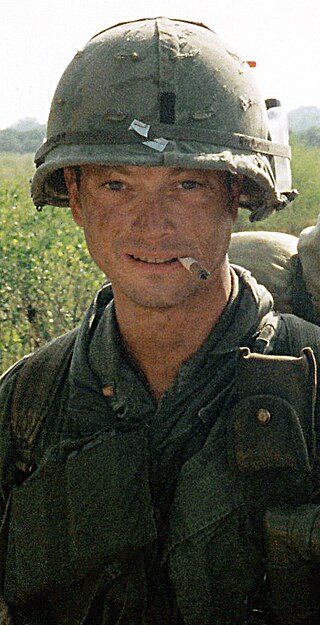
10. **Bubba Dies During the Vietnam War in ‘Forrest Gump’**”Forrest Gump” is an epic, heartwarming, and often surprisingly poignant journey through American history, told through the unique perspective of its simple-minded but good-hearted protagonist, Forrest. While the film is full of incredible highs and unbelievable coincidences, it also delivers some truly devastating blows, and none hit quite as hard as the death of Forrest’s best friend, Bubba, during his tour in the Vietnam War.
Forrest and Bubba form an unbreakable bond in the military, sharing dreams of a shrimp-fishing enterprise they plan to start after the war. This shared vision makes Bubba’s eventual death all the more tragic, a future snatched away. During a fierce firefight, Forrest, with characteristic selflessness, bravely charges back into the fray, repeatedly risking his own life to save his injured troop members. He eventually finds Bubba, who has been gravely wounded.
In a heartbreaking sequence, Forrest manages to carry Bubba out of the dense, dangerous woods just moments before the area is completely obliterated by an explosion. However, despite Forrest’s heroic efforts, Bubba’s injuries are too severe, and he tragically dies in Forrest’s arms. His final, poignant words, “I want to go home,” are a gut-wrenching reminder of the innocence lost and the ultimate cost of war, leaving not a dry eye in the house.
This scene, beyond its sheer emotional devastation, imparts a profound lesson about the nature of loss and regret. Forrest later reflects on his friend’s passing, saying, “If I’d known this would be the last time we’d talk I’d have thought of something better to say.” As HuffPost wisely observed, “Forrest reminds us that our words may be the last gift we will ever give to our loved ones and we should choose them carefully.” It’s a powerful, lingering thought that transcends the film itself.

11. **Han Solo Falls to His Death in ‘Star Wars: The Force Awakens’**For decades, Han Solo was more than just a character; he was an icon, a scoundrel with a heart of gold, a pivotal part of the “Star Wars” universe since the very first movie. So, when “Star Wars: The Force Awakens” delivered his shocking and utterly devastating death, fans across the globe were absolutely floored. It wasn’t just a character dying; it felt like a piece of cinematic history was being torn away, leaving a gaping hole in the hearts of millions.
The emotional impact was magnified by the perpetrator: his own son, Kylo Ren, who had tragically embraced the dark side of the Force. The scene where Han confronts his son, desperately trying to bring him back from the brink, is filled with a raw, desperate hope that quickly turns to despair. It’s a clash between paternal love and the seductive power of evil, ending in an act of patricide that nobody saw coming, or at least, nobody wanted to believe.
While fans were left heartbroken and horrified, it turns out that Harrison Ford, the legendary actor who brought Han Solo to life, had actually wanted his character to meet his demise for a very long time. As he candidly told USA Today, “I wanted him to die for a long time, so I finally talked them into it. Not for the — just to dispose of him, but to ennoble his participation and give the whole tune some bottom.” It was a desire to give the character a truly meaningful, impactful exit.
Ford even joked about his persistence on “Jimmy Kimmel Live,” quipping, “I argued to them for 30 years for this to happen and finally I wore ’em down.” It sounds like, for Ford, Han Solo’s death wasn’t just an ending, but a necessary and powerful conclusion to an extraordinary journey, ensuring his character’s legacy was cemented in the most dramatic and unforgettable way possible. It still hurts, though, doesn’t it?
Read more about: 9 Movie Sequels Nobody Asked For (And Honestly, You Can Skip ‘Em)
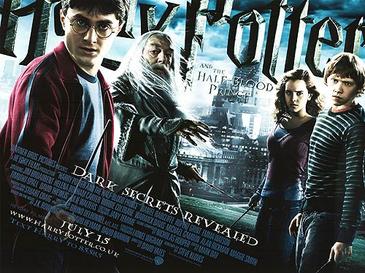
12. **Albus Dumbledore Sacrifices Himself in ‘Harry Potter and the Half-Blood Prince’**Albus Dumbledore, the wise, enigmatic, and utterly beloved Headmaster of Hogwarts, was arguably the moral compass and guiding light of the entire “Harry Potter” franchise. His calm demeanor, incredible power, and profound wisdom made him a fan favorite, so when he fell to his death in the sixth book and movie, “Harry Potter and the Half-Blood Prince,” fans were not just distraught—they were truly devastated, feeling the loss of a mentor and protector.
The memorable death scene sees Harry watching in horror from below the floorboards of one of Hogwarts’ towers, completely helpless as the infamous potions master, Severus Snape, delivers what appears to be the final, deadly blow—a powerful spell that sends Dumbledore plummeting. The betrayal felt by Harry, and by extension the audience, was immense, an unthinkable act from someone they had come to mistrust but not expect such an ending from.
Of course, as fans later discovered in a brilliant, devastating twist, Dumbledore’s death wasn’t a betrayal at all. It was a pre-arranged sacrifice, part of a meticulously planned strategy to defeat Lord Voldemort, with Dumbledore himself having asked Snape to kill him. This revelation makes the scene even more complex and emotionally charged on rewatch, adding layers of selflessness and tragic heroism to Dumbledore’s character, making it a death that resonates with profound sacrifice.
Interestingly, Dumbledore’s send-off could have been even more elaborate. As actress and “Harry Potter” superfan Evanna Lynch (Luna Lovegood) revealed on James and Oliver Phelps’ podcast “Normal Not Normal,” she was desperate for the character to receive a full-blown funeral scene, as depicted in the books. However, the producers simply didn’t have the budget. Lynch even offered to pay for it with her own paycheck, to which producer David Heyman reportedly replied, “Evanna, it wouldn’t cover it!” Oh, what could have been!
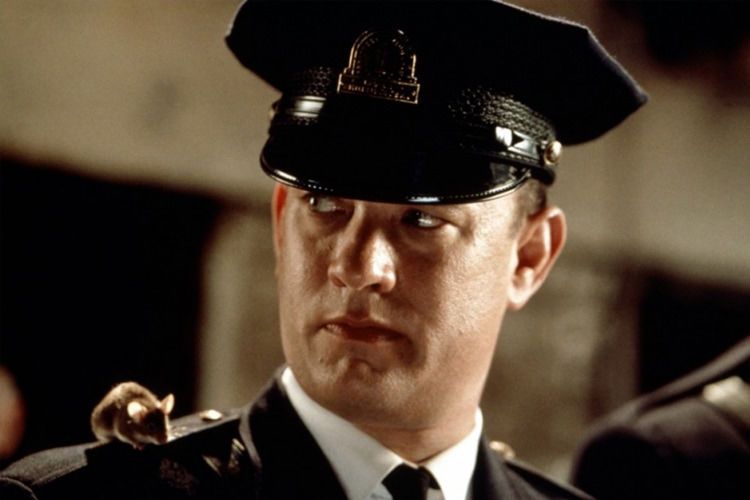
13. **John Coffey is Executed in ‘The Green Mile’**”The Green Mile,” based on Stephen King’s poignant novel, takes us on an emotional rollercoaster within the confines of a death row prison during the Great Depression. The story centers on John Coffey, a gentle giant wrongly sentenced to death for the horrific murder of two young girls. As the narrative unfolds, we, along with the prison guards, slowly discover the incredible, almost divine truth: John possesses miraculous healing powers and was, in fact, trying to save the girls, not harm them.
This revelation transforms John Coffey from a perceived monster into a truly misunderstood, kind-hearted man, a beacon of purity in a dark world. His inherent goodness and innocent nature make his impending execution by electrocution an unbearable injustice, a slow-motion tragedy that you desperately wish you could prevent. Watching such a pure soul suffer for a crime he didn’t commit is not just sad; it’s morally infuriating, leaving a deep sense of despair.
The film masterfully manipulates our emotions during this sequence, ensuring that John’s execution is not merely a plot point but a cathartic release for the audience. As one reviewer eloquently wrote in The Artifice, “Coffey’s execution creates a cathartic response, reducing the audience to tears through emotional sadness.” This isn’t accidental; it’s a deliberate directorial choice.
The reviewer further explained that “The non-diegetic orchestral score is used throughout to dictate the audience’s emotions and increases in volume as the execution draws closer to manipulate the audience’s emotional sadness to increase.” Additionally, “the slow editing pace of the sequence forces the audience to dwell on the event and the moment of sadness as Coffey is executed.” These techniques combine to make John Coffey’s death one of the most powerfully affecting and truly tear-jerking moments in cinematic history, ensuring that we are all left in floods of tears.
Read more about: 16 Movie Deaths That Broke Our Hearts

14. **Severus Snape is Killed in ‘Harry Potter and the Deathly Hallows: Part II’**Throughout the vast, magical saga of “Harry Potter,” no character embodied moral ambiguity quite like Severus Snape. Was he good? Was he bad? Fans spent years agonizing over his true allegiance. Dumbledore always maintained his trust in Snape, reassuring Harry that he was no longer a Death Eater, but Snape’s chilling murder of Dumbledore in the sixth film left Harry, and most viewers, convinced that the Headmaster had been tragically mistaken.
Then came “Harry Potter and the Deathly Hallows: Part II,” the epic conclusion, which delivered not only Snape’s shocking demise but also one of the most incredible character redemptions ever seen on screen. Snape is brutally killed by Lord Voldemort’s snake, Nagini, in a horrific scene that leaves him bleeding out. But in his final moments, a dying Snape urges Harry to collect his memories, a desperate act to reveal the truth before it’s too late.
These memories, witnessed by Harry through a magical device, unravel the heartbreaking truth: Severus Snape had always loved Harry’s mother, Lily. Every action, every calculated move, every perceived act of cruelty, had been undertaken with one singular, unwavering purpose – to protect her child. Snape’s entire adult life was a profound, secret act of atonement and love, making his redemption complete, even if it came too late for him to truly live. Cue ALL the tears!
Alan Rickman, the phenomenal actor who brought Snape to life, seemed to possess an almost uncanny understanding of his complex character. In a heartfelt goodbye letter to the series for Empire, he wrote about a pivotal phone call with J.K. Rowling early on: “Three children have become adults since a phone call with Jo Rowling, containing one small clue, persuaded me that there was more to Snape than an unchanging costume, and that even though only three of the books were out at that time, she held the entire massive but delicate narrative in the surest of hands.” It sounds like Rickman knew Snape’s deep secret all along, which only adds to the legendary performance and the enduring power of his character’s tragic end.
***
And there you have it, folks – a journey through some of the most gut-wrenching, soul-crushing, and undeniably iconic movie deaths that have ever graced the big screen. From the arbitrary cruelty of a child’s demise to the profound sacrifices made for love and loyalty, these scenes aren’t just moments of fictional tragedy; they’re powerful reminders of the storytelling magic that can make us feel so deeply, forging connections with characters that transcend the screen. They stick with us, they make us think, and sometimes, they even make us appreciate the moments we have a little more. Which ones left *you* absolutely traumatized? We bet you’re already scrolling through your mental list!

